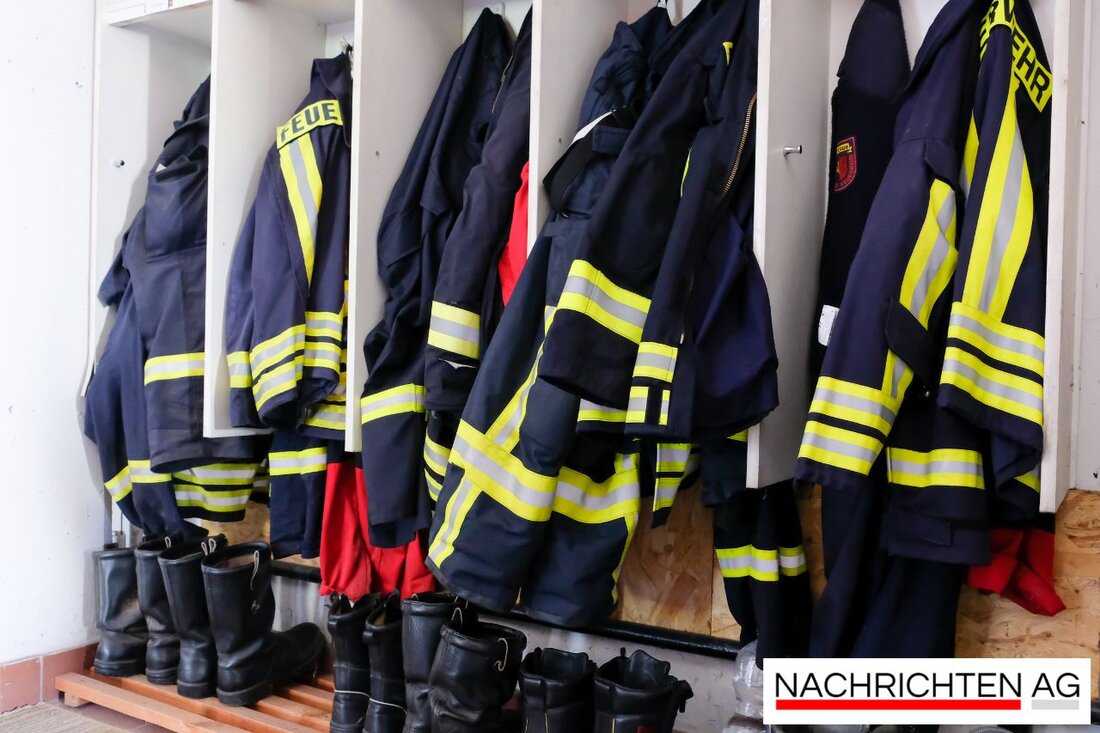Fire brigade practices spectacular height rescue on the electricity pylon in Cappeln!
The Cloppenburg fire department practiced height rescue in Cappeln on June 22, 2025 in order to optimize rescue operations from great heights.

Fire brigade practices spectacular height rescue on the electricity pylon in Cappeln!
In an impressive display of fire brigade skills, the Cloppenburg fire department recently practiced securing and rescuing injured people from great heights. At a power pole belonging to the cable network operator Tennet in Cappeln, 15 emergency services went to dizzying heights, where they gained valuable experience in using height rescue techniques. This exercise was particularly relevant as pylons for a new 380 kV line are being erected in the region, even if the electricity is not yet flowing, as NWZ Online reported.
This exercise focused on the “top rope method”, in which the rope was already attached to the top of the mast, thus ensuring safe rappelling. The fire brigade's turntable ladder can extend up to 42 meters and plays a crucial role, especially in height rescue, which is becoming increasingly important due to growing, taller buildings. In a realistic scenario, emergency responders were faced with various rescue tasks, including treating a person hanging in the harness and an unconscious person in the traverse. The exercise was not only intended to help the comrades gain confidence in the material, but also represented a “confidence-building measure”.
Rescue at height: An important field for the fire service
Rescue at height is a crucial area of responsibility for fire departments. The requirements are high: In addition to special knowledge and skills, emergency services must also be physically fit and mentally resilient. Conventional means such as turntable ladders often cannot be used, especially in areas at risk of collapse. The tasks of high-altitude rescuers are varied and range from rescuing people who are in distress at great heights or depths to providing initial medical care under difficult conditions, such as on the site Fireguide blue light is to be read.
The training to become a high-altitude rescuer is long and demanding. It consists of several stages, ranging from holding and restraining through simple to special rescue techniques. In order to be able to work as a height rescuer, firefighters must have completed basic training to become a firefighter and complete regular training so that they always remain up to date in this highly specialized discipline. The training can take place at different levels depending on the career, and some fire departments offer the first steps in height rescue during basic training, as shown on Fire brigade recruitment test described.
Overall, attention is drawn to the necessity and professionalism of rescue at heights. Through exercises like this, the fire brigades, including the “Secure and Rescue” group of the Cloppenburg fire department, make a decisive contribution to ensuring that they are prepared for emergencies. Especially at a time when buildings are getting taller and risk scenarios are becoming more complex, in-depth training and regular practice for emergency services is essential.
In conclusion, it remains to be said: In high-altitude rescue, not only is the craft trained, but also the trust between one another is strengthened. A community prepared to meet challenges at dizzying heights is a valuable resource in emergency situations.

 Suche
Suche
 Mein Konto
Mein Konto